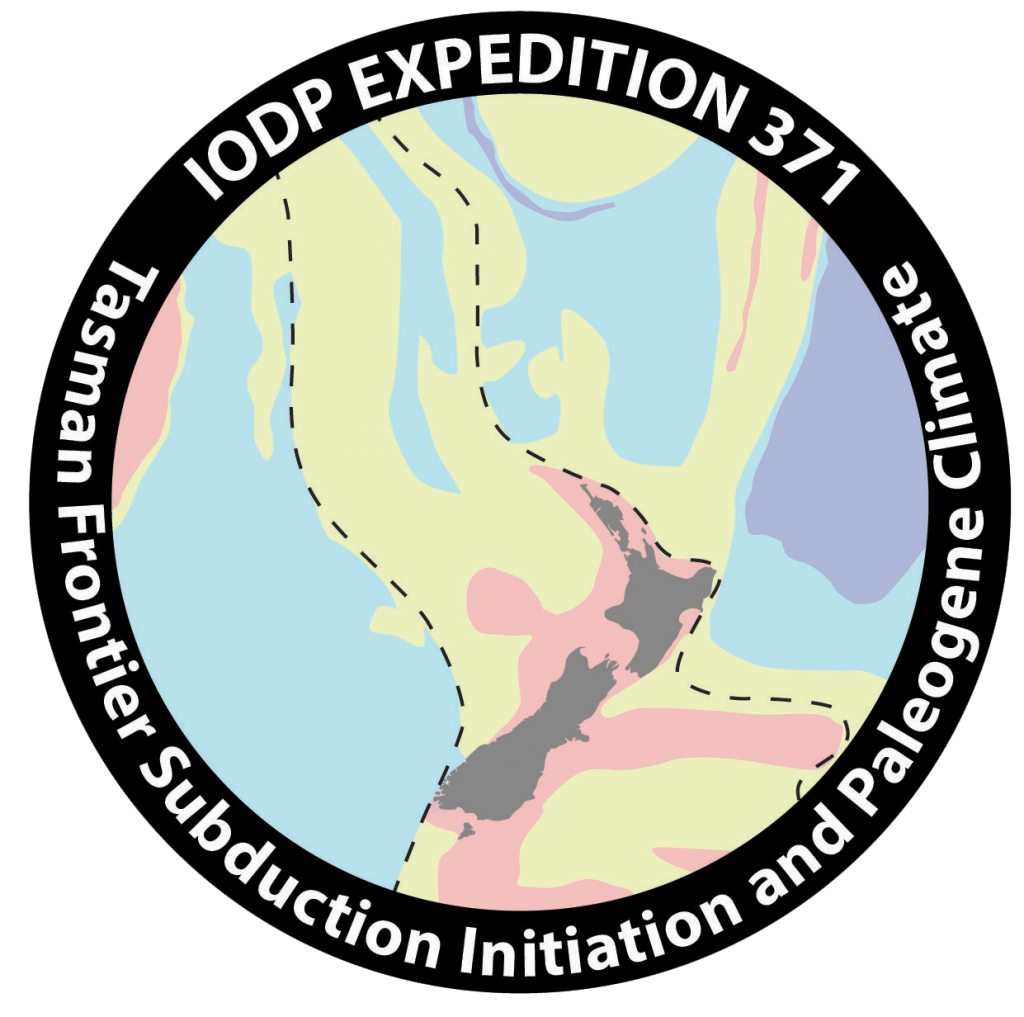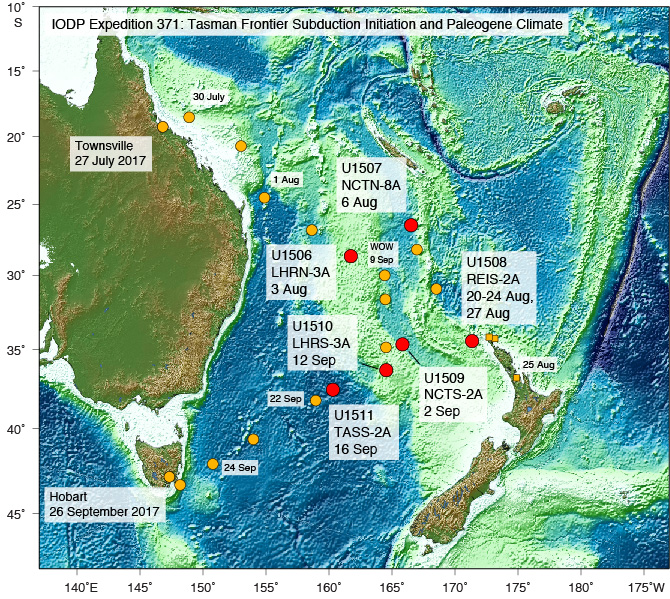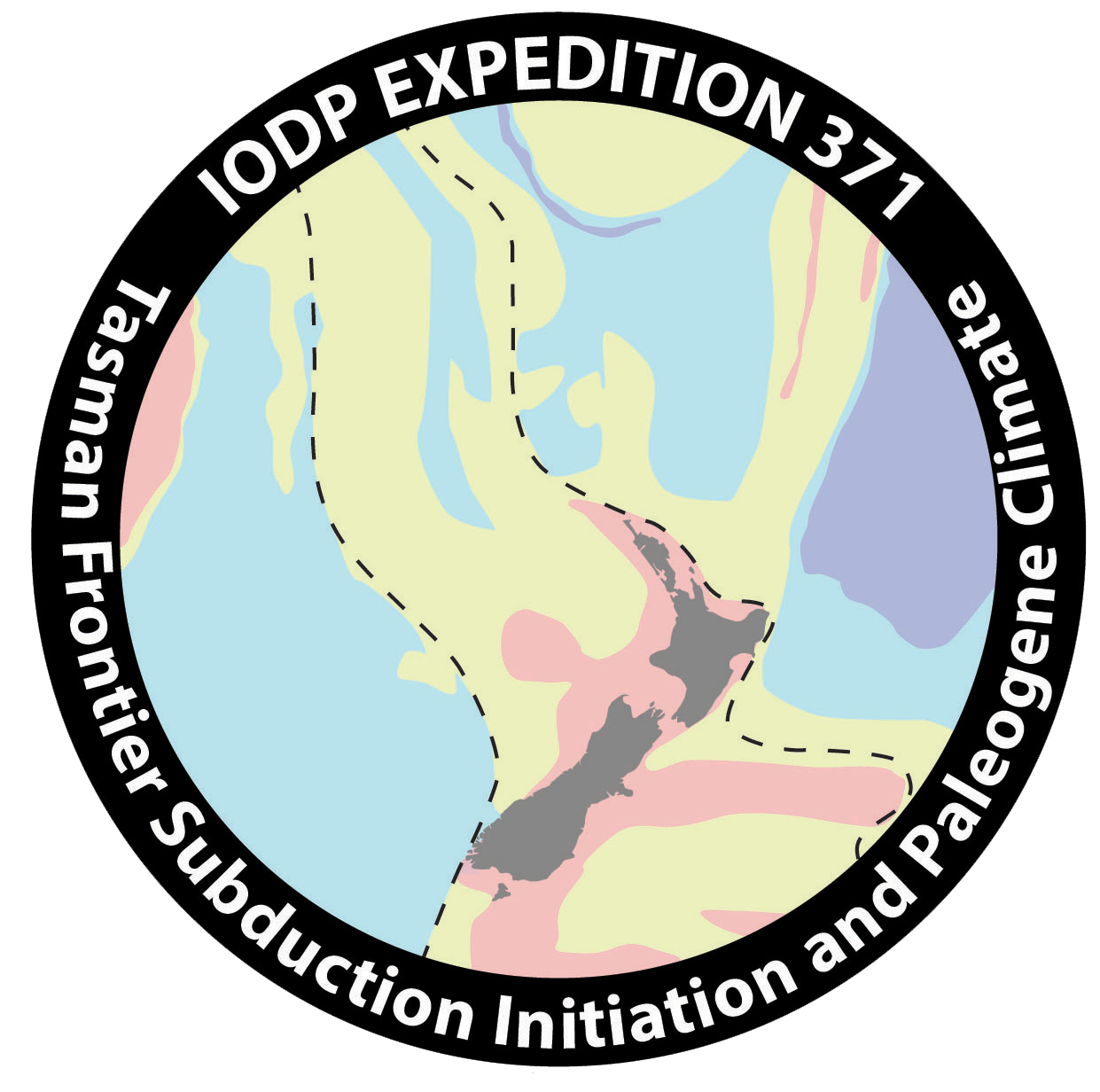
Tasman Frontier Subduction Initiation and Paleogene Climate
Expedition 371 -Tasman Frontier Subduction Initiation and Paleogene Climate.
The aim of the Expedition 371 research is to improve the understanding of the role of plate tectonics in global climate evolution over the past 60 million years. To achieve this the expedition will primarily focus on obtaining a precise date and the quantification of the uplift/subsidence associated with the Tonga-Kermadec subduction initiation, which will allow the testing of alternate geodynamic models. It is thought that this tectonic event may have coincided with the maximum “greenhouse” climate of the Cenozoic era. A secondary focus will be to determine if paleogeographic changes caused by the subduction initiation may have led to inconsistent regional warmth by altering ocean circulation. This would provide an explanation for the differences obtained with computer climate model simulations. The data needed to answer these key objectives will be obtained from the analysis of sediment cores recovered from drilling the ocean floor along the line of the subduction trench. The range of analyses will include recording the composition, microfossil components, mineral and water chemistry, and physical properties of the sediments.
The presence of thick carbonate rich Neogene strata also make this area a good location for obtaining detailed paleo-oceanographic records from the Miocene through to the Pleistocene, which can be linked to previous ocean drilling expeditions in the region.
 [
[
